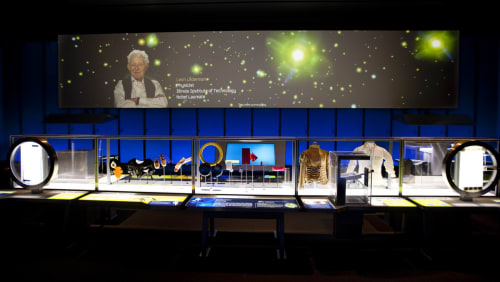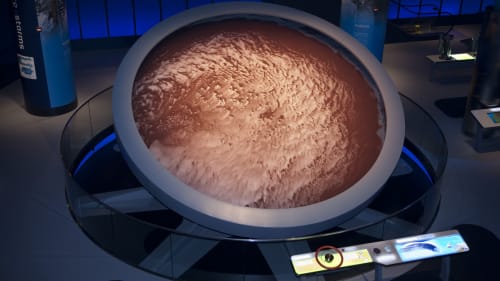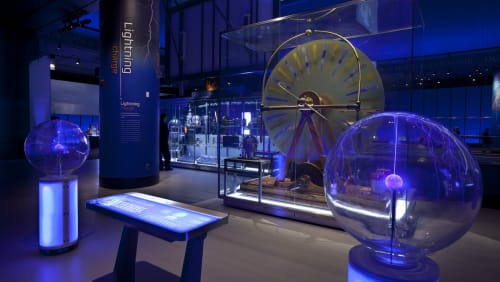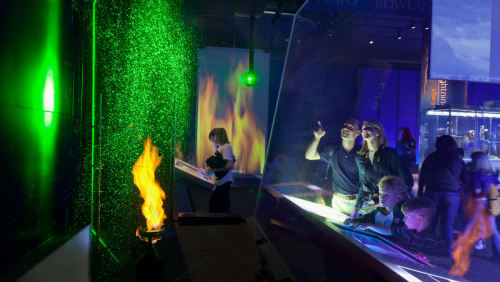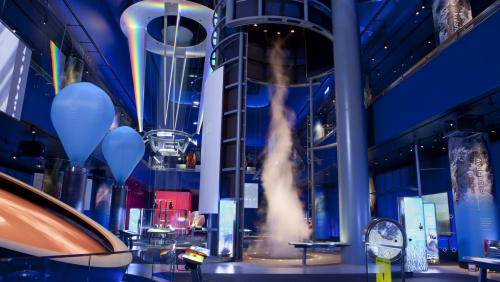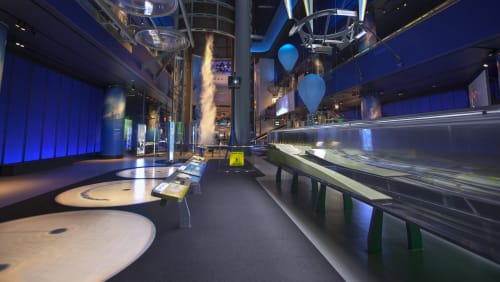Science Storms: Sunlight
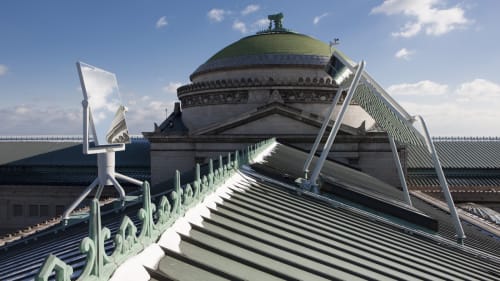
It's more than brilliant
Sunlight takes just over eight minutes to reach us from the sun, and brings plenty of heat, energy and color on the trip. Follow the lead of curious scientists and identify, harness and study the properties of this abundant resource. Sunlight streams through the Museum’s roof so that you can split white light into colors to recreate Isaac Newton’s prism experiments, focus the sun’s energy through a Fresnel lens to heat a liquid, and convert it into power to race model cars.
Heat from sunlight
Ever used a magnifying glass to ignite paper? You probably know what lenses can do with a little sunlight. Using a Fresnel lens (a type created in the early 1800s for use in lighthouses) you can focus sunlight into a pool of water, raising or lowering the lens to adjust the rate of heating. As the liquid heats, a thermal-imaging camera shows the pool's convection patterns and temperature.
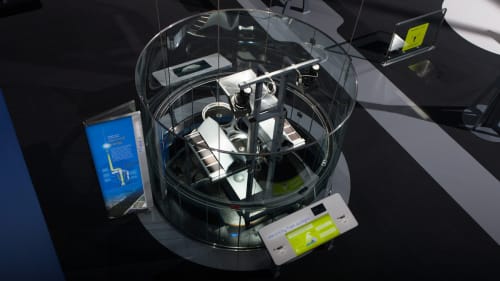
Electricity from sunlight
Solar power meets slot cars: Two photovoltaic (PV) panels capture incoming sunlight, converting it into power for a pair of cars racing around a track. Watch an animated PV cell turn sunlight into electricity, then control the amount of light hitting a solar panel to speed up or slow the car.
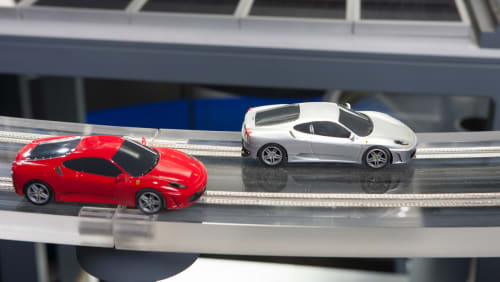
Newton's Prism
Recreate Newton’s famous prism experiment on a large scale. Rotate a mirror to redirect natural light from the Museum's rooftop heliostat mirror into one of four giant optical prisms. Just as Newton demonstrated, the prism splits white light into its component wavelengths. The result? A huge rainbow, brilliantly reflected on 30-foot-tall white screens.
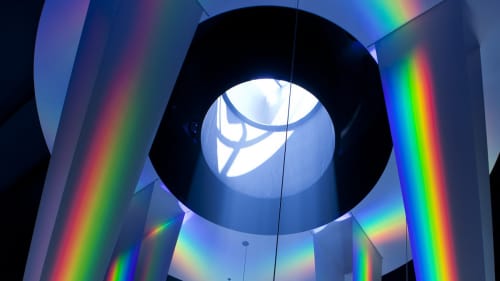
Color from light
What you perceive as an object's color is actually a section of the light's wavelength being reflected by the object. Remove that wavelength from the light, and you'll no longer "see" the object's color. Sounds crazy? Step into the "color room" and see for yourself. Adjust the amount of red, blue or green in the room's light. What happens to the circle marked "BLUE" when you take out the blue light? You may not believe your eyes.
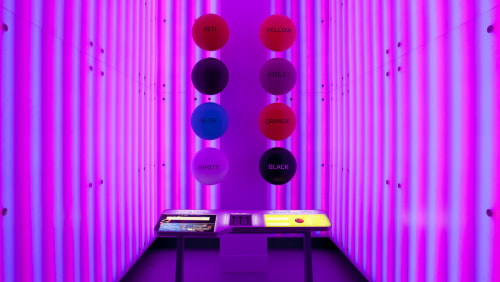
Explore more of Science Storms
Wonder is all natural
Plan your visit to observe and experiment with seven natural phenomena.
